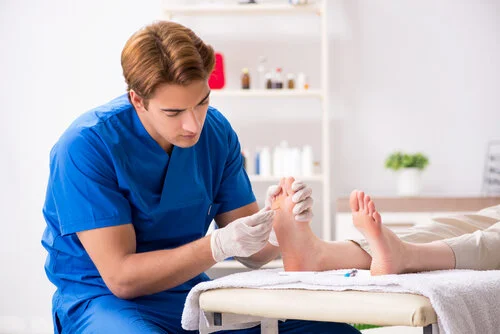Podiatry is a medical specialty that deals with the diagnosis and treatment of diseases, injuries, and defects of the human foot. Podiatric medicine involves the diagnosis, medical and surgical treatment of disorders of the foot, ankle, and lower extremity. This specialty also includes medical, surgical, mechanical, and physical treatments of the foot.

Podiatry billing can be complicated in many ways, beginning the need to determine and prove the medical necessity of the treatment, to the coding nuances. In addition to this, podiatry practices primarily treat the elderly, which necessitates additional efforts in billing & coding, as this population is covered by Medicare. It also demands meticulous use of modifiers and an understanding of coding for inclusive procedures.
Common Practices & Guidelines for Podiatry Medical Coding
As many of the services provided by a Podiatrist may not be reimbursable, the determination of medical necessity and validation of coverage is critical to getting reimbursed optimally.
CPT code 11721 (Covered Nail Debridement 6 or more) requires a Q8 modifier (for routine check-up) with systemic conditions. This is medically necessary to be reimbursed by Medicare. But this is reimbursed only six times in a year.
Podiatry codes are usually added with T1 to T9 modifiers (Toe modifiers). But for CPT code 97598, 11720, and 11721 the toe modifiers are not used.
HCPCS code J3301, J1100 (injection procedures) are used frequently in Podiatry Billing providing a significant amount of revenue to providers
Submitting claims using Q modifiers indicate the findings related to the patient’s condition. Q7, Q8, and Q9 are used to bill podiatry services.
If multiple surgical procedures are performed, append payable modifiers must be used before class finding Q modifiers, or the ten-digit toe modifiers (TA-T9), or the left or right foot modifier (LT, RT)
Below given CPTs are used for the respective description
| 76881 | Ultrasound, extremity, nonvascular, real-time with image documentation |
| 76882 | Limited ultrasound, extremity, non-vascular, real-time with image documentation |
| 93922 | Non-invasive physiologic studies of upper or lower extremity arteries, single level, bilateral |
| 93926 | Duplex scan of lower extremity arteries or arterial bypass grafts |
| 20552 | Injections(s), single to multiple trigger point(s) one or two muscle(s) |
| 20553 | Injections(s), single to multiple trigger point(s) three or more muscle(s) |
| 20605 | Arthrocentesis, aspiration, and/or injections |
| 20610 | Arthrocentesis, aspiration and/or injection |
For more insights on the guidelines & best practices to be followed for Podiatry Medical Coding, download this best practices guide from Medical Billing Wholesalers.

